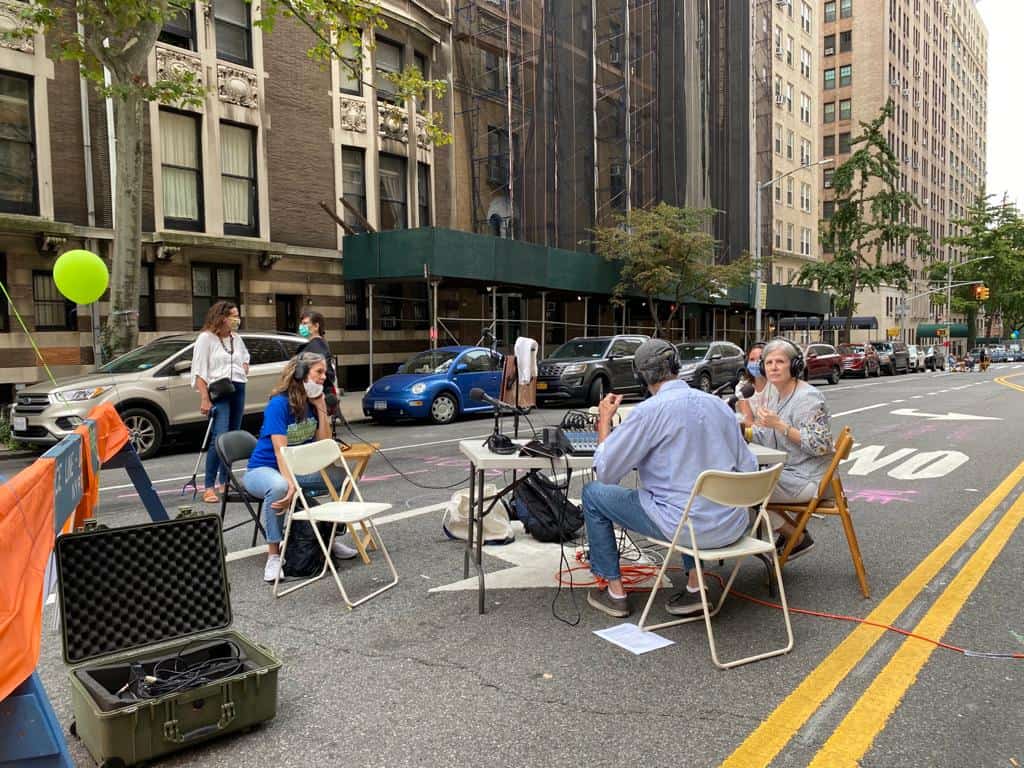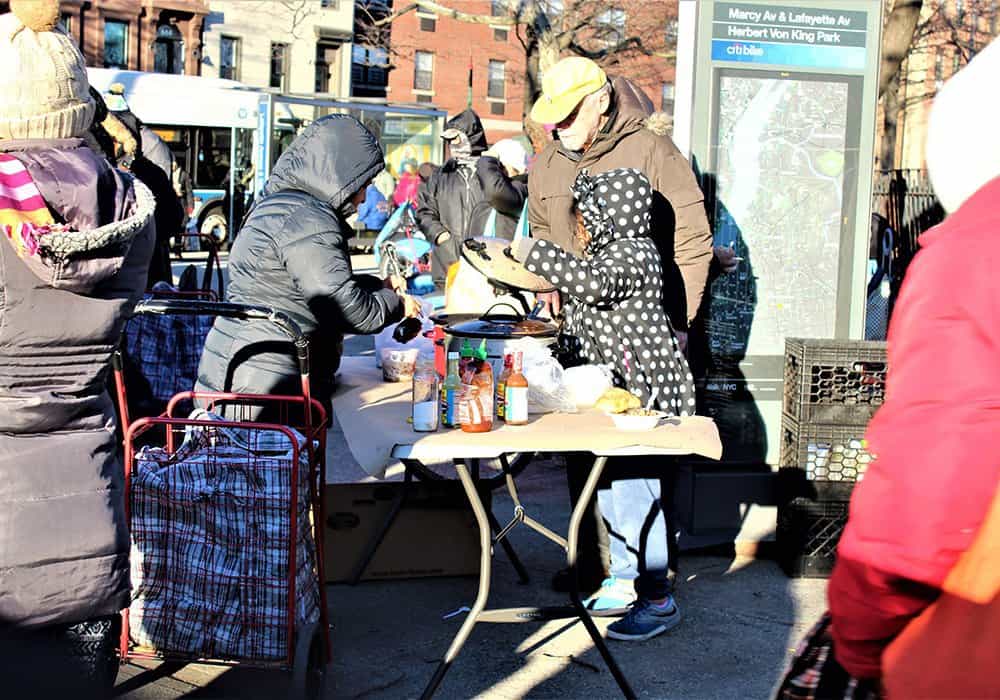When most of us think of “critical infrastructure” or “essential services”, public spaces don’t really feature in that list. Post-COVID this notion has been challenged globally, prompting multiple sectors and disciplines to collaborate and leapfrog urban policies and technology. When the Government of India announced its first 21-day lockdown in March, cities and corporations were forced to think outside the box to accommodate essential functions and social distancing norms.
It took a pandemic to roll-out the ambitious bicycle and pedestrian friendly streets programme, and the recent nationwide Streets for People challenge, initiated as part of the Smart Cities Mission in collaboration with ITDP India. As the months passed, it became evident that cities could have been better equipped to cope during this crisis, if the Urban Local Bodies and social institutions had been equipped with the necessary resources.
Our spatial adaptations were the most striking and noticeable of these changes; across the country, sports stadiums, railway coaches and religious buildings were the first to be repurposed into temporary quarantine facilities to deal with the growing number of COVID cases.
By May 2020, around 60 markets in Chennai were moved to playgrounds such as the recently renovated May Day Park in Chintadripet. What is usually viewed by urban dwellers as a recreational amenity that is good for real estate, suddenly became a vital network for the city’s emergency response and recovery.
Recognising the true worth of public spaces
Evidently, our cities are yet to unlock the potential of our shared urban landscapes to function as protective and productive spaces. According to a report by Cities Alliance at the 2018 World Urban Forum, “Many local governments do not consider public spaces as capital assets in their asset management plans. Rectifying this gap may allow for a mindset change and foster more adequate maintenance of public spaces, as well as recognize their vital function for local economies.”

In a city of 10.9 million, Chennai’s per capita open space (0.81 square metre) and green space (0.46 square metre) is one of the lowest among the metro cities. Despite the Ministry of Housing’ and Urban Affairs guidelines suggesting a minimum of 10-12 square metres open space per person, the city only has 632 parks, and 90 square km of open space.
Many of its sprawling green spaces either have an entry fee or are part of educational and research institutions’ campuses that are inaccessible to many. The inadequacy in quantity is compounded by poor accessibility, safety and maintenance issues that reduce the quality of existing public spaces and the livability of neighborhoods.
This, despite the fact that several public health studies have pointed to the effects of tree cover and natural landscapes in reducing rates of hospitalization due to mental fatigue, obesity and asthma. The Assembly: Civic Design Guidelines, by the The Center for Active Design conducted a series of empirical studies that highlighted how well-maintained public spaces improved civic participation, and built trust in local government.
For instance, activating vacant lots and alleyways for education and community engagement helped improve trust in the local authorities and increased participation in local elections while the presence of litter in a neighbourhood meant an overall reduction in civic trust and decrease in perceptions of safety.
Public spaces bring together people and resources in an organized manner and could become a vital tool for a city’s crisis management. This also elevates the role of the staff at beaches and parks for crisis response with adequate training and capacity building, thereby expanding employment opportunities in the disaster management sector.
Global cities showing the way
In Seattle for instance, the Office of Emergency Management created a network of Community Emergency Hubs across the city to deal with natural disasters. These hubs were located in community gardens and local parks that already have established social networks in their neighbourhoods. Such place-based approaches to disaster response allow people to “assess their needs and resources in real-time” and makes it easier to seek shelter and medical facilities.
The large number of vacant lots and underused parks in our city could weave essential services and climate resilient strategies with recreational use, such as shared wifi, pop-up libraries, and shaded refuge spaces. One such example is Rotterdam’s first “climate-proof” district — a floodable water square with open air theatre and play spaces that seamlessly integrates flood resistant design into the urban fabric.
Similarly, in the aftermath of hurricane Sandy, Green Infrastructure and parks management created local jobs as part of NYC’s Sustainable Parks Plan. The climate-resilient waterfront design of Hunter’s Point, Queens, a post-industrial neighborhood, included environmental education, tours, fishing clinics, and oyster monitoring events as part of its public programming.

Productive public spaces for healthy economies
In developing countries, public spaces can support local enterprise, encourage collective management and integrate basic necessities in underserved communities. Kounkuey Design Initiative created a series of ”Productive Public Spaces” in the slums of Nairobi into self-sustained community spaces, through multi-stakeholder engagement.
For example, at Kibera’s Mashimoni-Lindi Bridge, makeshift toilets that drained into the river were replaced with clean sanitation blocks and sewer lines. The renewed space included three community business kiosks and a children’s playground, that generates revenue for future community driven expansion. With 80% of our country’s economy being informal, it becomes important to ascertain the use of public spaces as areas that sustain livelihoods.
This particular definition of resilient spaces by Alda Chan, Project Administrator at NYC Parks has always stayed with me: “Resilient spaces are not defined by hard infrastructure alone: robust ecologies and healthy and engaged community members are equally important.” Investing in our network of public spaces can address this trifecta and help build place-based coalition for long term sustenance of our cities.
How we use our shared spaces inherently impacts how much value we as residents assign to them; this in turn reflects how much budget and resources cities are willing to allocate for their upkeep. We need to redefine our public parks, beaches and sidewalks as critical infrastructure because investing in them could save our cities and heal our communities in ways that no other city infrastructure can.
Click on the link for an open crowdsourced database of Public spaces in India that turned into critical infrastructure during COVID. Do you have anything to add?